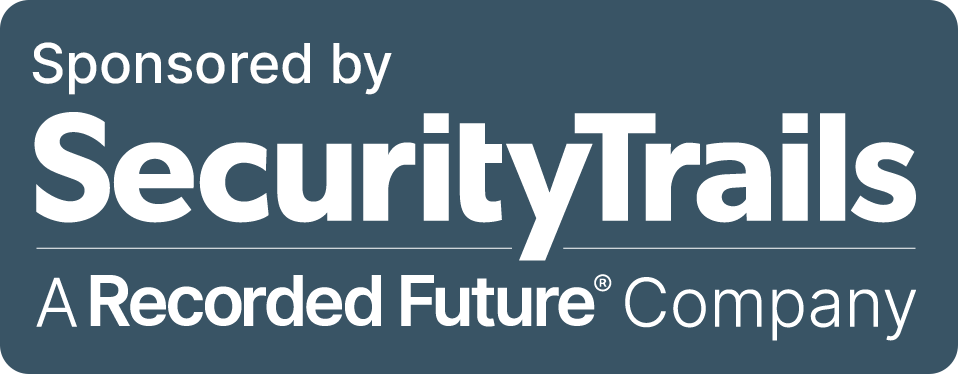sapphire-dinosaur-dc50n2.mystrikingly.com
Open in
urlscan Pro
18.155.68.111
Public Scan
URL:
https://sapphire-dinosaur-dc50n2.mystrikingly.com/blog/identifying-and-preventing-occupational-hazards
Submission: On February 16 via manual from US — Scanned from SG
Submission: On February 16 via manual from US — Scanned from SG
Form analysis 0 forms found in the DOM
Text Content
Return to site
Return to site
IDENTIFYING AND PREVENTING OCCUPATIONAL HAZARDS
February 15, 2023
Identifying workplace hazards is essential to protecting the health of workers.
This can be achieved by assessing the risks and developing an effective hazard
control plan. Hazards are physical or biological dangers. These can be
associated with specific issues or tasks. They can be caused by internal and
external sources. Man down safety There are four major categories of hazards.
Biological, physical, chemical, and ergonomic. Each can cause harmful effects to
employees. Some can cause critical injuries. Biological hazards involve exposure
to infectious agents such as viruses and bacteria. Examples of workplaces that
have these hazards include nursing homes, schools, and daycare facilities.
Chemical hazards are caused by a variety of chemicals including carbon monoxide,
flammable liquids, cleaning products, pesticides, and more. Inhalation of these
substances can lead to death and other serious health problems. Biological
hazards also involve exposure to diseases from animals, plants, and humans.
Occupational health and safety experts help organizations identify hazards and
implement safety measures. Ergonomic risks include improper posture, heavy
lifting, and repetitive motion. Workers may also be exposed to toxic chemicals,
such as carbon monoxide, through their skin. Taking proper precautions to
minimize these hazards can prevent accidents and injuries. Physical risks are
dangerous conditions that can be caused by heat, noise, and other physical
aspects of the work environment. Exposure can be minimized by limiting the time
spent in these environments and avoiding activities that can cause them.
Managing workplace hazards is a complex process. A hazard control plan should be
created to track progress toward completion. It should also include provisions
for protection of workers during foreseeable emergencies.
Man down safety
Previous
Next
Return to site
* *
*
*
*
Powered by Strikingly
Create a site with
This website is built with Strikingly.
Create yours today!
This website is built with Strikingly.
Create your FREE website today!
start now
All Posts
×
Almost done…
We just sent you an email. Please click the link in the email to confirm your
subscription!
OKSubscriptions powered by Strikingly

